The 20 Best Japanese Movies of 2020
Page 1 of 2
Since the pandemic did not disrupt the production of films in the Japanese movie industry, at least not as much as in other countries, 2020 was another year with a plethora of great productions, highlighting, once more, the strength of the local cinema. In that regard, this list could easily entail 25+ movies, and the decision to cut out some was as difficult as coming up with the top ones, since the six last could all easily be in number 1.
Without further ado, here are the best Japanese films of 2020, in reverse order. Some films may have premiered in 2019, but since they mostly circulated in 2020, we decided to include them.
*By clicking on the title, you can read the full review of the film
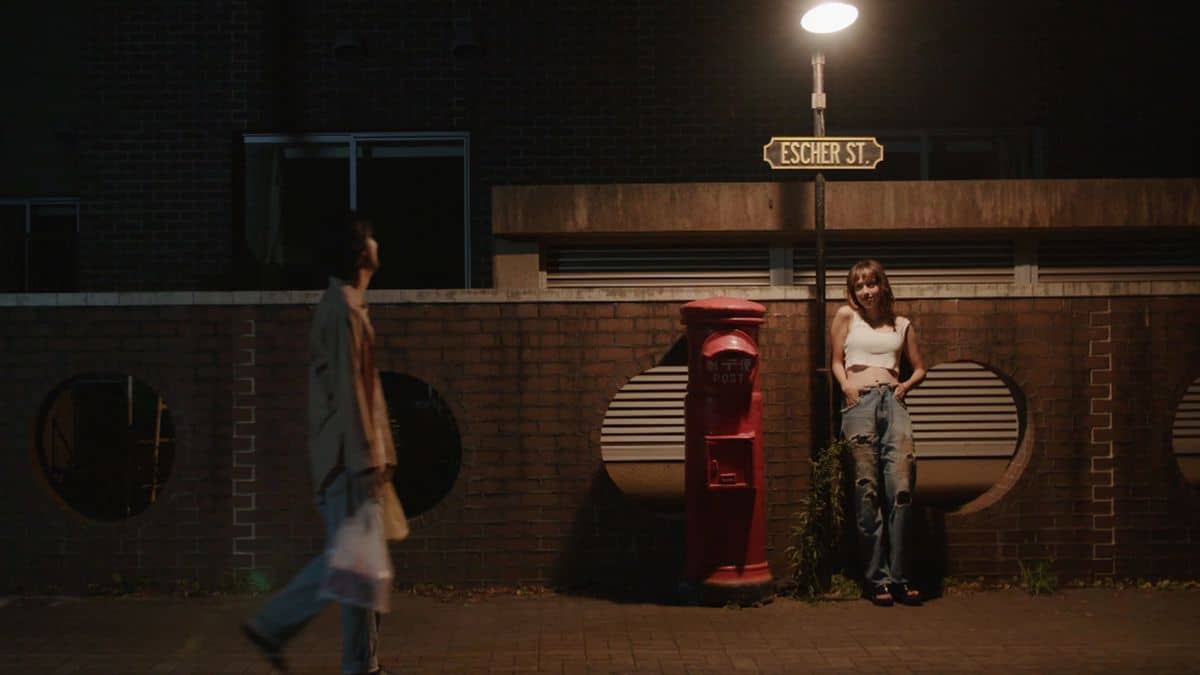
Sono repeatedly and almost venomously attacks the studio system of Japan through his particular sense of humour, more refined to suit the slow pace of the movie. Having a multitude of speaking characters, all of them with their own perspective and stories, Sono creates a self-sufficient world in itself. The world is so vast and detailed that it is not hyperbolic to remark that the like of such has not been seen since Yang’s A Brighter Summer Day. The pacing is decidedly slow, to acclimatize the viewer to the huge range of characters, their stories and dreams. Then slowly the stories begin to merge, unexpected occurrences shake beliefs: all leading to a crazy final twenty minutes or so. (Raktim Nandi)
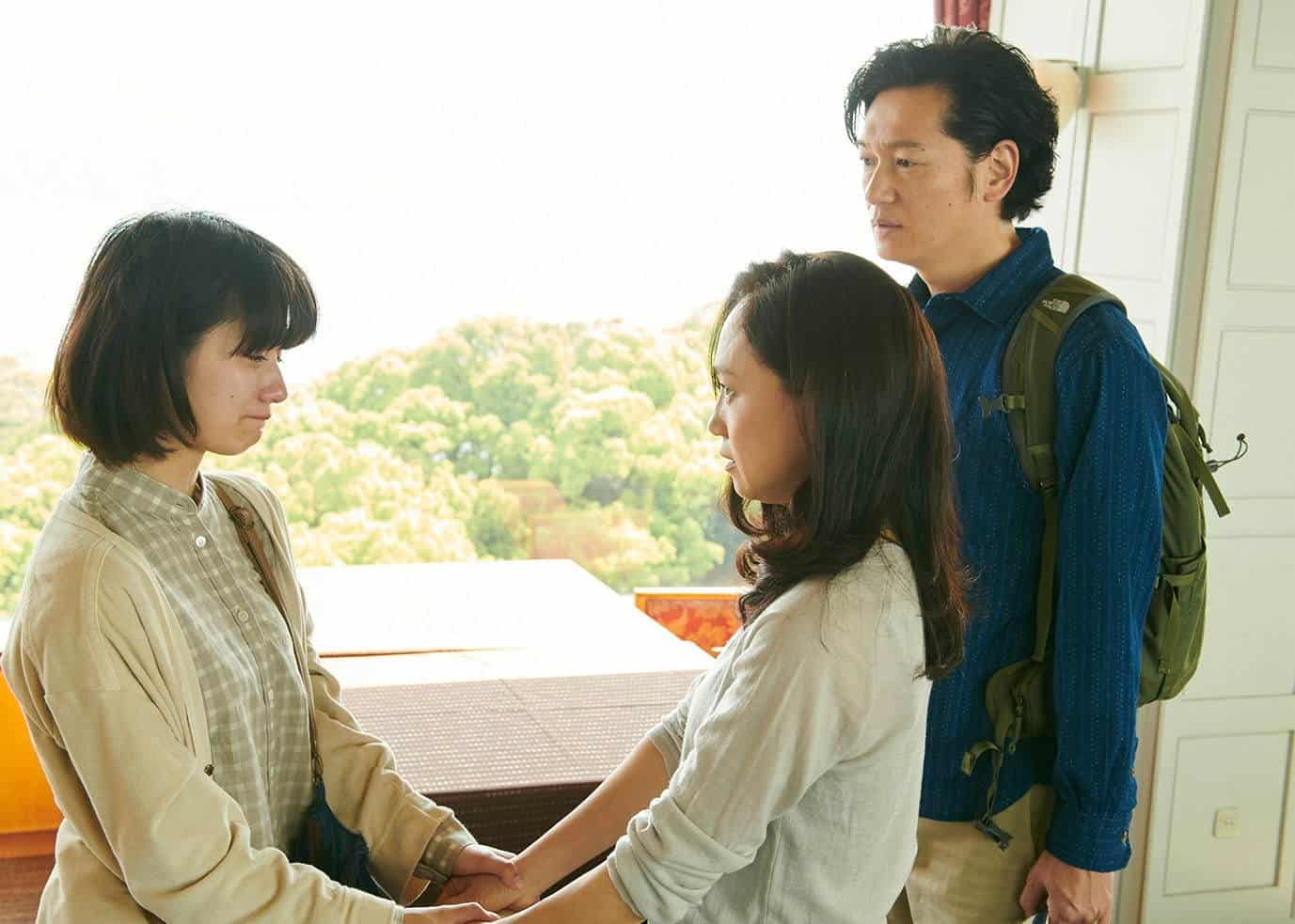
A strong come back from filmmaker Naomi Kawase, “True Mothers” is a relatable and compelling domestic drama with a twist which will easily appeal also to audience outside the festival circuit. (Adriana Rosati)
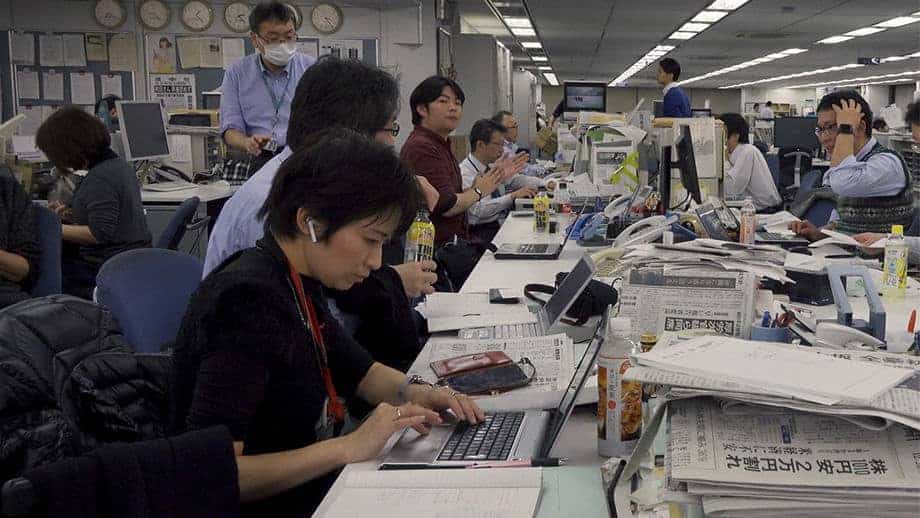
Tatsuya Mori discovered a more than interesting subject in the face of Isoko Mochizuki, which also allowed him to deal with a number of sociopolitical topics that torment Japanese society. The result is impressive in one of the best documentaries of the year. (Panos Kotzathanasis)
Buy This
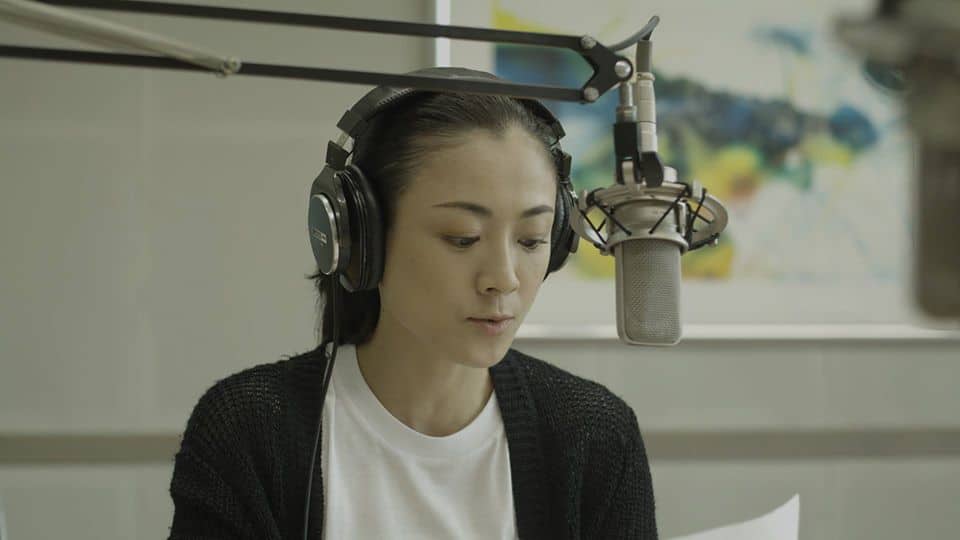
Ryo Katayama has not yet fully mastered the medium (he couldn’t have from his debut), and particularly needs to restrain the amount of ideas and personal experiences he includes in his future works and instead focus on detailing better the ones he can fit in a single narrative. However, “Roar” is intense, full of energy and interesting comments, beautifully shot and well-acted, and overall, a more than hopeful debut. And on a personal note, since we have already started seeing Korean “Koreedas” for some time now, it would be interesting to finally witness a Japanese “Kim Ki-duk”. (Panos Kotzathanasis)
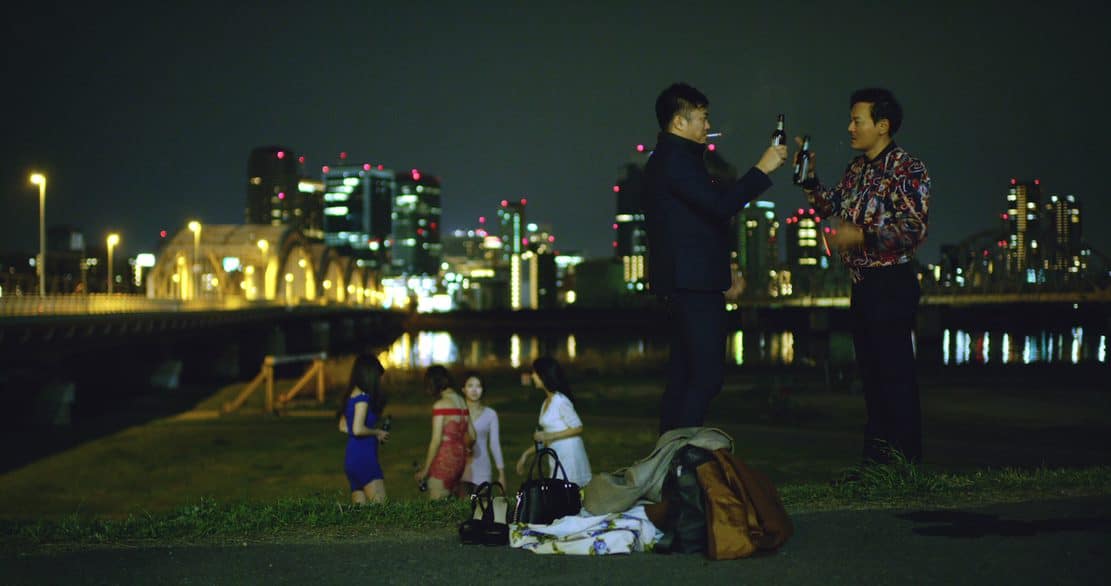
“Come and Go” has its faults, particularly since its multicultural, multi-character nature demands from the viewer patience, unwavering attention and at least some knowledge of Asian culture. However, if one manages to move beyond these “issues” one would stumble upon an impressive movie, which highlights its sociopolitical and philosophical comments in the most eloquent way possible. (Panos Kotzathanasis)
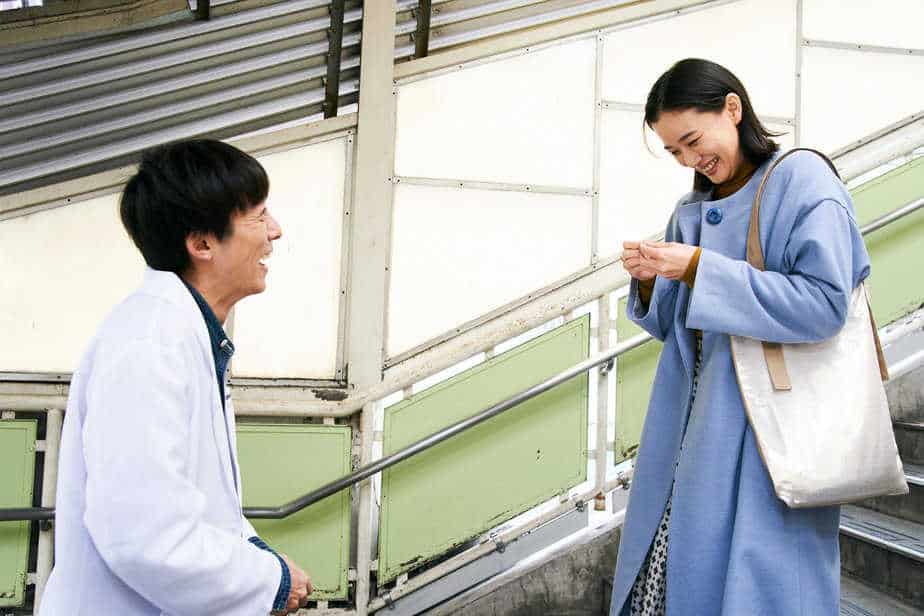
Issey Takahashi manages to give Tetsuo a wide range of subtle nuances; his ironic half smile is very fit to the unique sense of humor of the script, but he is also genuinely compelling in the most dramatic moments. With him, the wonderful Yu Aoi (who previously worked with Tanada in “One Million Yen and the Nigamushi Woman”) completes this great chemistry couple. Being slightly under-explored at the beginning, her Sonoko gains flesh gradually, and almost an ethereal aura; she is the perfect, radiant polar opposite of the silicon doll and the effect is aptly rendered by Otsuka Ryo’s luminous photography. This affectionate odd blend of romance, sex and drama makes for a truly singular view. (Adriana Rosati)
Buy This Title
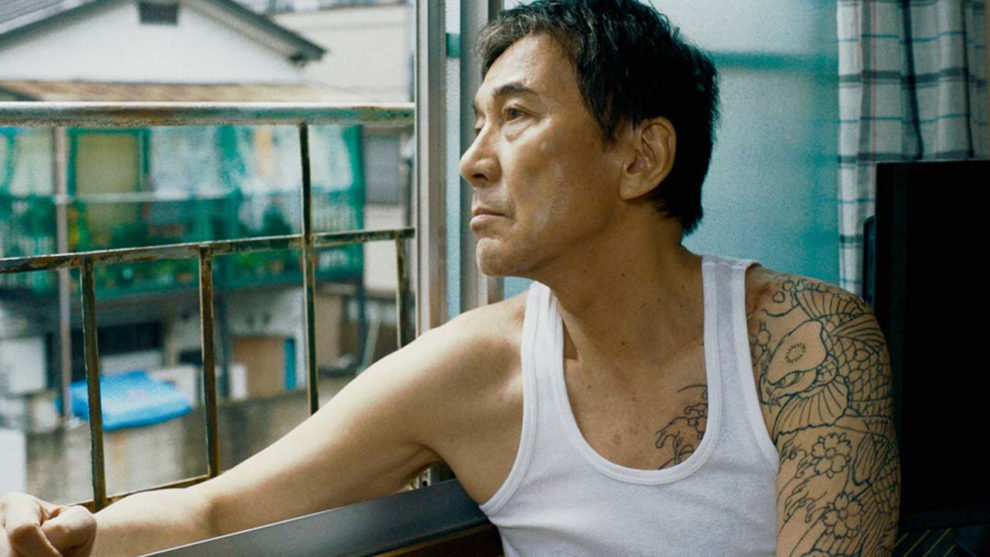
Miwa Nishikawa directs a film that is, simultaneously, sensitive, realistic, pointy, funny and somewhat romantic, with her combining all the aforementioned elements in the most elaborate way. The realism comes from the way the current lives of the yakuza, and particularly of those who have managed to get old, is presented, with Mikami, but even more his former boss, highlighting this comment in the most realistic, but also dramatic fashion. The way society perceives these people, with others trying to exploit them (the producer) and others just being prejudiced against them (the supermarket owner in the beginning) adds to this comment. Furthermore, the fact that this perspective is even established by law comes as a true shock (members of yakuza or other anti-social groups are not allowed to get social benefits from the state, which is occasionally their only way to sustain themselves lawfully). Lastly, that the current Japanese society is one that has left very little space for rehabilitation also comes to the fore, as Mikami stumbles upon numerous obstacles, despite his intense efforts. (Panos Kotzathanasis)
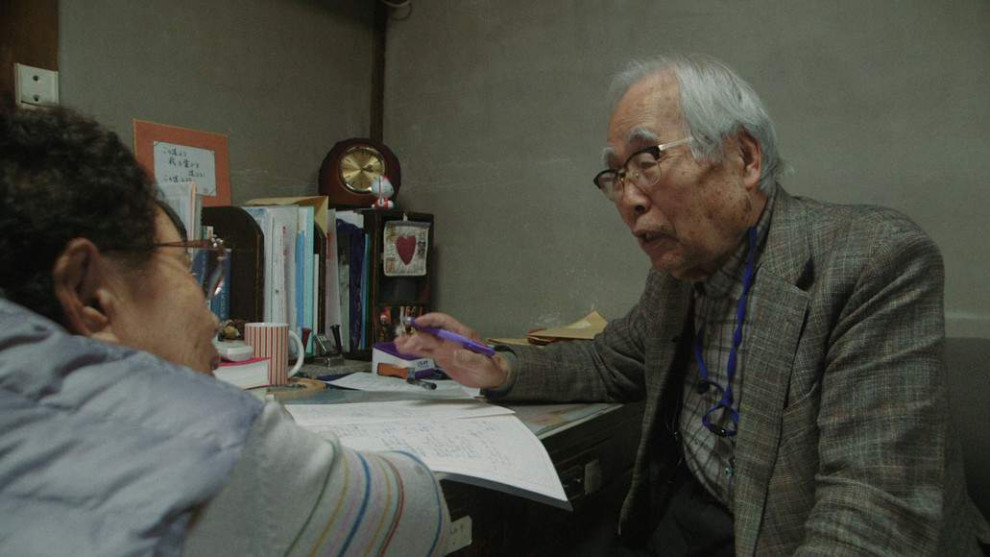
Technically seen, Kazuhiro Soda knows exactly what he’s doing. His presence is left noticed by interfering with the film’s flow – whether through the small-talk to teenagers on the street who think they are being filmed for a popular TV show, or by letting his voice dominate the q&a in the second half of the film, digging for the personal information about Dr. Yamamoto. (Marina D. Richter)
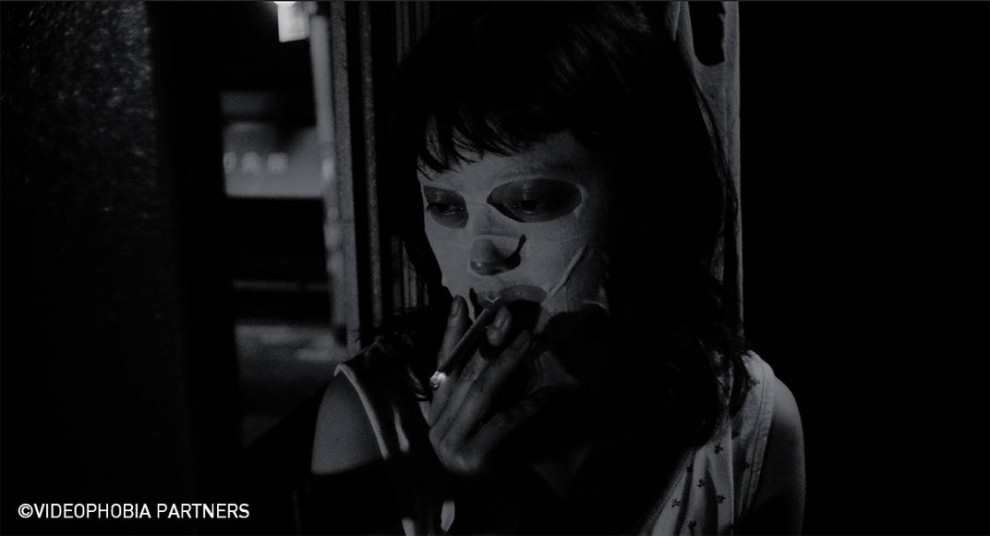
One could say that in the case of “Videophobia”, image and aesthetics won over context, but the truth remains that Miyazaki manages to get some (if not all) messages through, while his rather unique approach makes the film very interesting to watch, to say the least. (Panos Kotzathanasis)
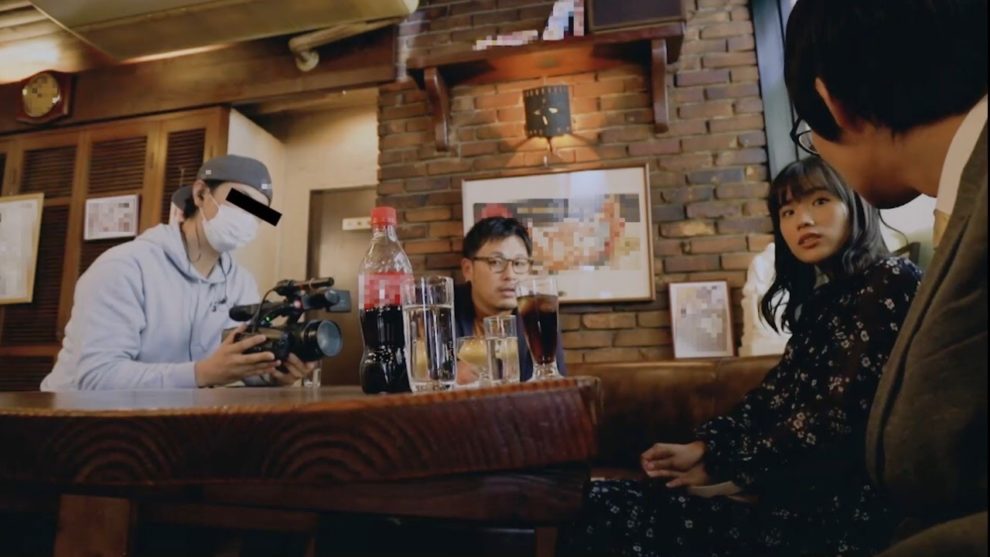
Takumi Saitoh presents a one man show, as he acts as director, screenwriter, cinematographer and actor, that manages to capture and criticize a number of issues of Japanese society in the most intriguing fashion, all the while, however, also managing to escape censorship himself. The creativity he shows in this effort is probably the best trait of the narrative in a film that works on a number of level and is intensely rich contextually, particularly for those who are willing to see beyond its experimental nature. (Takumi Saitoh)
Support Asian Movie Pulse by Clicking on the Image Below

Page 1 of 2















![Toni Kroos là ai? [ sự thật về tiểu sử đầy đủ Toni Kroos ]](https://evbn.org/wp-content/uploads/New-Project-6635-1671934592.jpg)


